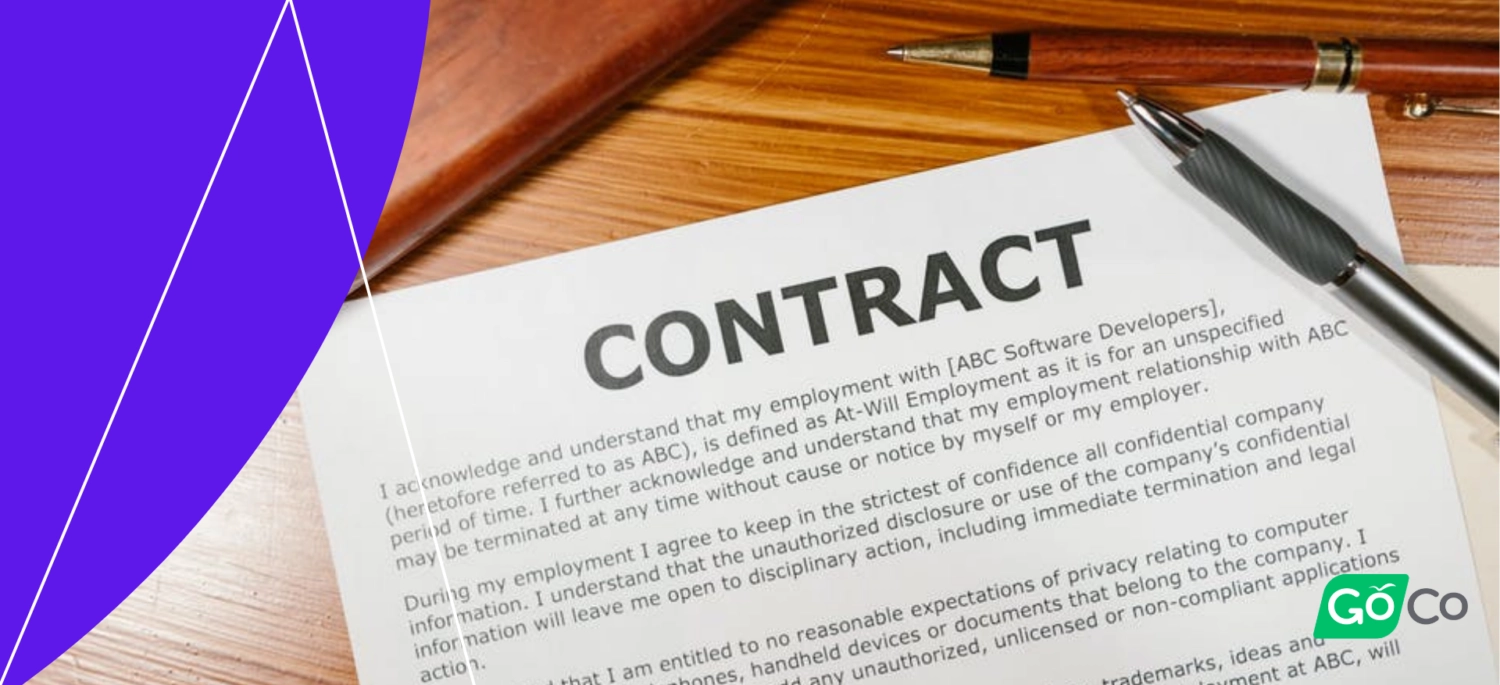Everything HR Needs to Know About Non-Disclosure Agreements
Find out everything you need to know about these legally binding NDAs.
July 18th, 2022
Having an employee sign a non-disclosure agreement (NDA) is one of the most common aspects of onboarding. A recent study has found that roughly 1/3 of the workforce is bound by NDAs.
NDAs are a great way to protect the intellectual property of your company. While you don't want to stifle the growth of your employees, you also don't want them revealing company secrets to your competitors.
However, companies cannot draft an NDA with whatever wording they please. Employers and HR personnel must pay strict attention to state and federal laws when drafting and enforcing NDAs.
Keep reading to discover everything you need to know about NDAs and protecting your company today! Read our HR's Guide to Compliance to learn more.
What Is an NDA?
An NDA is a legally binding agreement between employer and employee. Typically, an employee agrees that they will not disclose certain company trade secrets and practices to competitors.
The employee will sign this agreement as part of the onboarding process. Breaches of the agreement can result in the suspension of wages, and termination and even have legal consequences including fines and jail time.
Download Our Free NDA Template
However, you cannot use an NDA to discourage employees from leaving the company to work for a competitor or to create a monopoly. Businesses caught engaging in these practices can suffer severe legal penalties.
Depending upon the situation and severity of the crime, the misuse of an employee NDA can result in your business closing for good. And in extreme situations can result in jail time.
What Does an NDA Protect?
An employee NDA has limits on what it is able to protect. For example, an NDA cannot protect information that is in the public domain or ordered released by a court.
You also cannot enforce an NDA on information the employee had access to prior to hiring. Specific examples of what an NDA can protect include:
Client/Customer Lists
Financial information
Specialized training
Company Practices
If the release of the information would cause undue harm or loss of revenue to a company, an NDA may be appropriate.
Who Should Sign an Employee NDA?
NDAs are for any individual conducting work on behalf of a company. This means NDAs are not limited to full-time permanent employees. But, not every employee needs to sign an NDA.
Employees who have access to sensitive and confidential information should be required to sign an NDA. This can prevent your employees from selling client lists, trade secrets, and financial information to competitors.
Alongside regular employees are vendors, contractors, and freelancers. Depending upon the work you hire them for they may also need to sign an NDA. For example, outsourcing IT needs, customer support lines, and other projects will require access to sensitive information.
Types of NDAs
There are three types of NDAs. Each one with a different purpose and intent.
Unilateral NDA
This is the most common form of NDA and is pretty one-sided. Actually, it is strictly one-sided. This is used to keep an employee from revealing company secrets after employment.
Bilateral NDA
These are used when two businesses enter into an agreement to share information with each other but not with anyone else. Typically this is used when hiring a third-party company or vendor for your outsourcing needs.
Multilateral NDA
Companies who collaborate with multiple businesses on a project might want to consider a multilateral NDA. This allows you to share your proprietary information with them without fear of them stealing it. You can also use only one agreement for all parties, rather than a separate agreement tailored to each party.
NDA Best Practices
The quickest way for an NDA to become non-binding is poor wording. There are certain criteria that must be met in order to make an NDA legally binding and therefore enforceable.
First off, all parties need to be clearly identified within the agreement. There cannot be any ambiguity on who is bound and who is not by the NDA. Once you identify all parties, you will need to identify the information you are protecting.
This means avoiding vague wording like "this company's information" and listing out the specific information. If the employee does not have access to financial information, do not include financial information, but client lists or specific practices they may have access to.
After the specifics of who and what are covered by the NDA are defined, you'll need to explain the scope of the agreement. Does the signer have obligations on their part to maintain security? Does your agreement prohibit disclosure or misuse of information?
It should include both.
To end your agreement you should include when the terms of the agreement end and any exclusions or exceptions to the NDA the employee should be aware of.
Once you draft your agreement, the final step is to review it to ensure compliance with local state and federal laws. Each state has its own laws for regulating what an NDA covers.
Including NDAs in Your Onboarding
Including an NDA in your onboarding is a great way to protect your company's secrets and interests from theft, sabotage, and corporate espionage. NDAs also protect your employees from harassment from competitors or those with more nefarious intent.
However, it's important to comply with state and federal laws when using NDAs. Otherwise, the NDAs will be non-binding and your secrets are vulnerable.
Our team of experts is standing by to help you with all of your HR needs, from NDA templates and other onboarding documents to payroll and managing employee benefits. Take a tour today and let us help you meet your HR needs!
Recommended Posts
New Hire Paperwork & Onboarding Forms 2025
Blog Articles
Search...
Product
GoCo
Resources
Articles
eBooks
Webinars
Customer Stories


